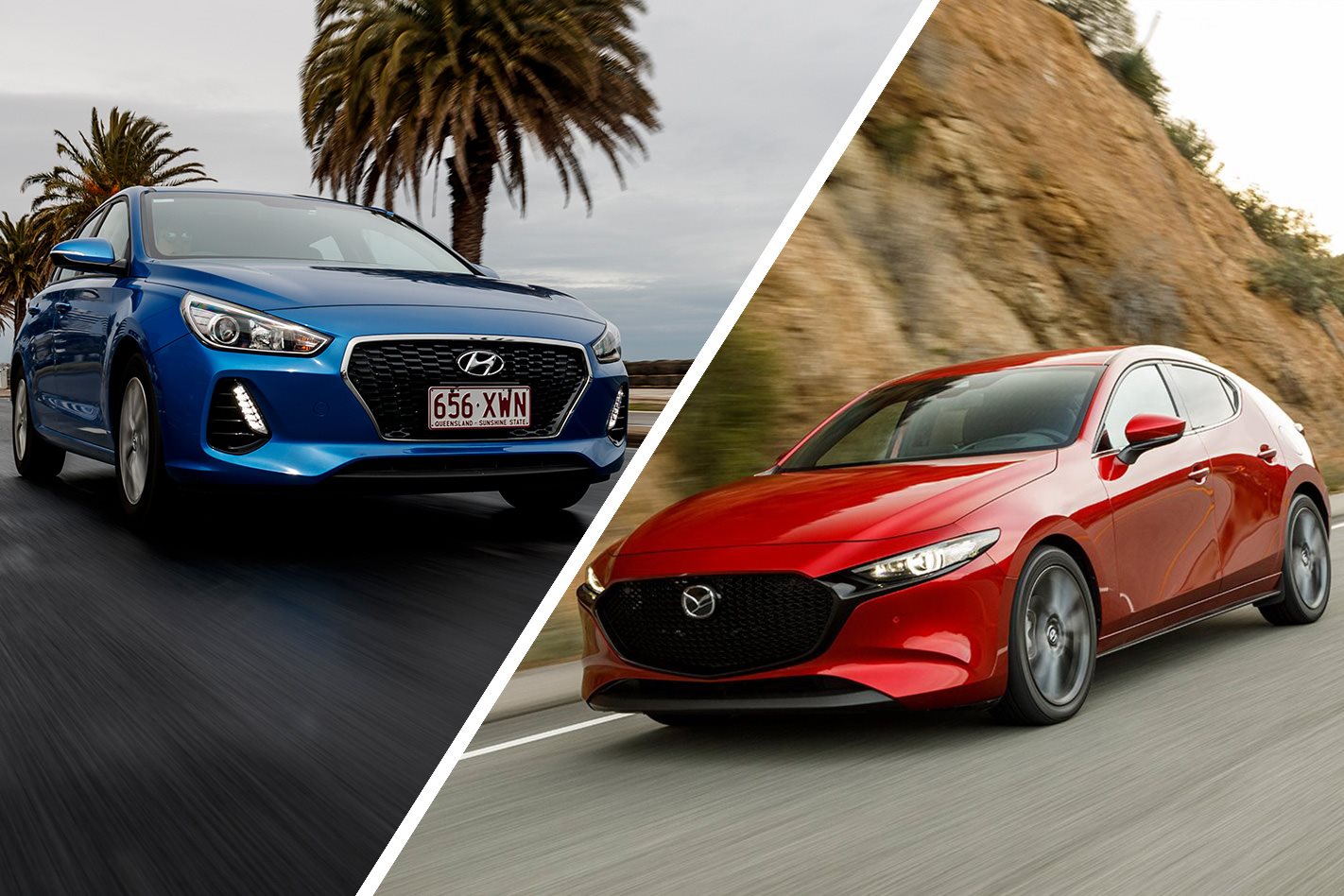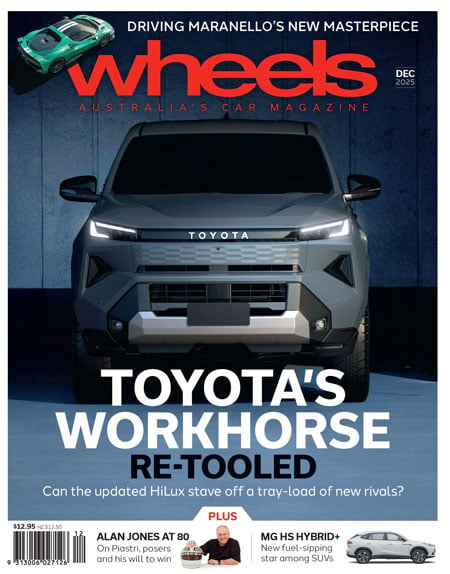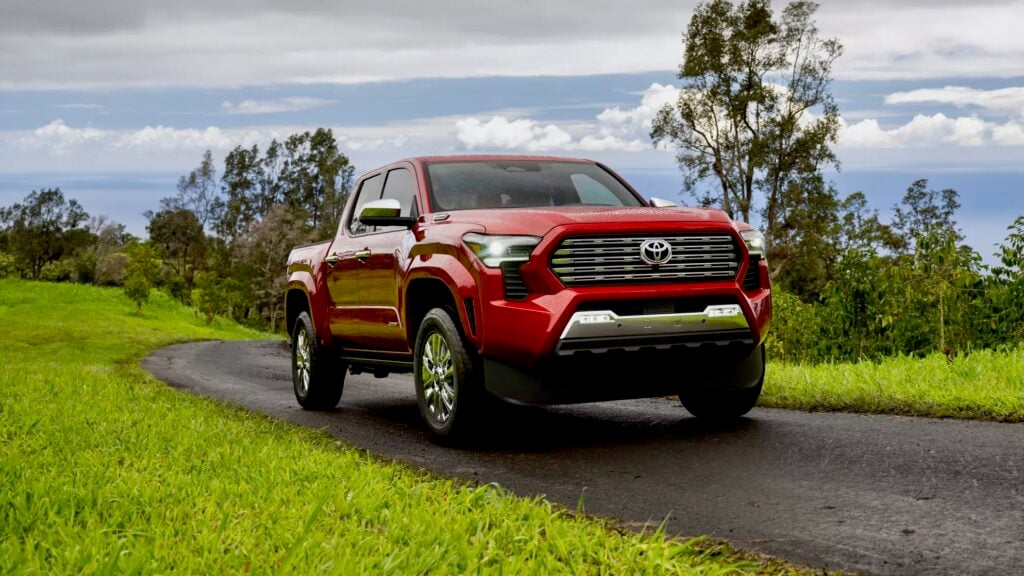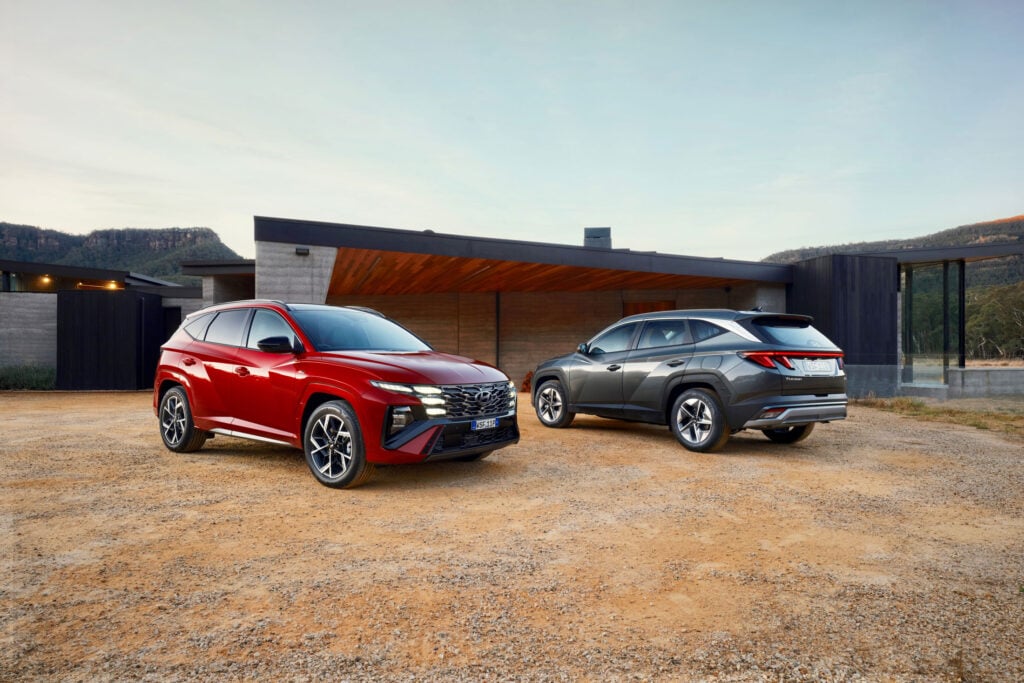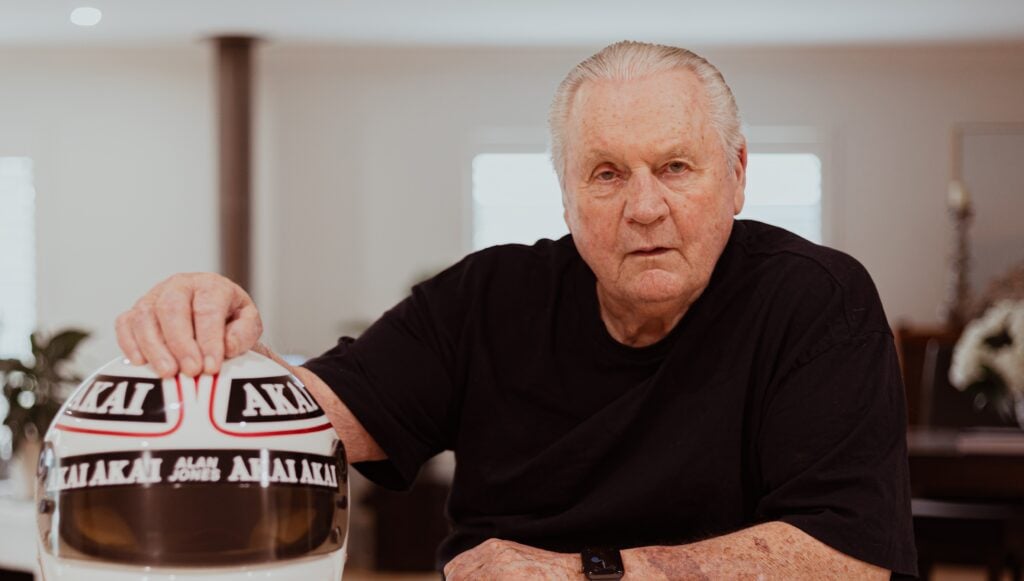THE ALL-new Mazda 3 is shaping up to be this year’s most significant new car launch for Australians. But how does it stack up against Hyundai’s evergreen i30?
These two hatchback rivals are significant because they’re both tilting at knocking the Toyota Corolla off top spot. While we’re extremely familiar with the i30’s qualities, the Mazda 3, due to the fact that it’s yet to arrive in dealerships, is more of an unknown quantity. Fortunately, we’ve driven the car overseas, seen it here in Australia and even tested the next generation of engines due to arrive under the 3’s bonnet. Therefore, we reckon we’re in a pretty good place to preview how it stacks up to the doughty Korean favourite. We’ve selected four categories for consideration.
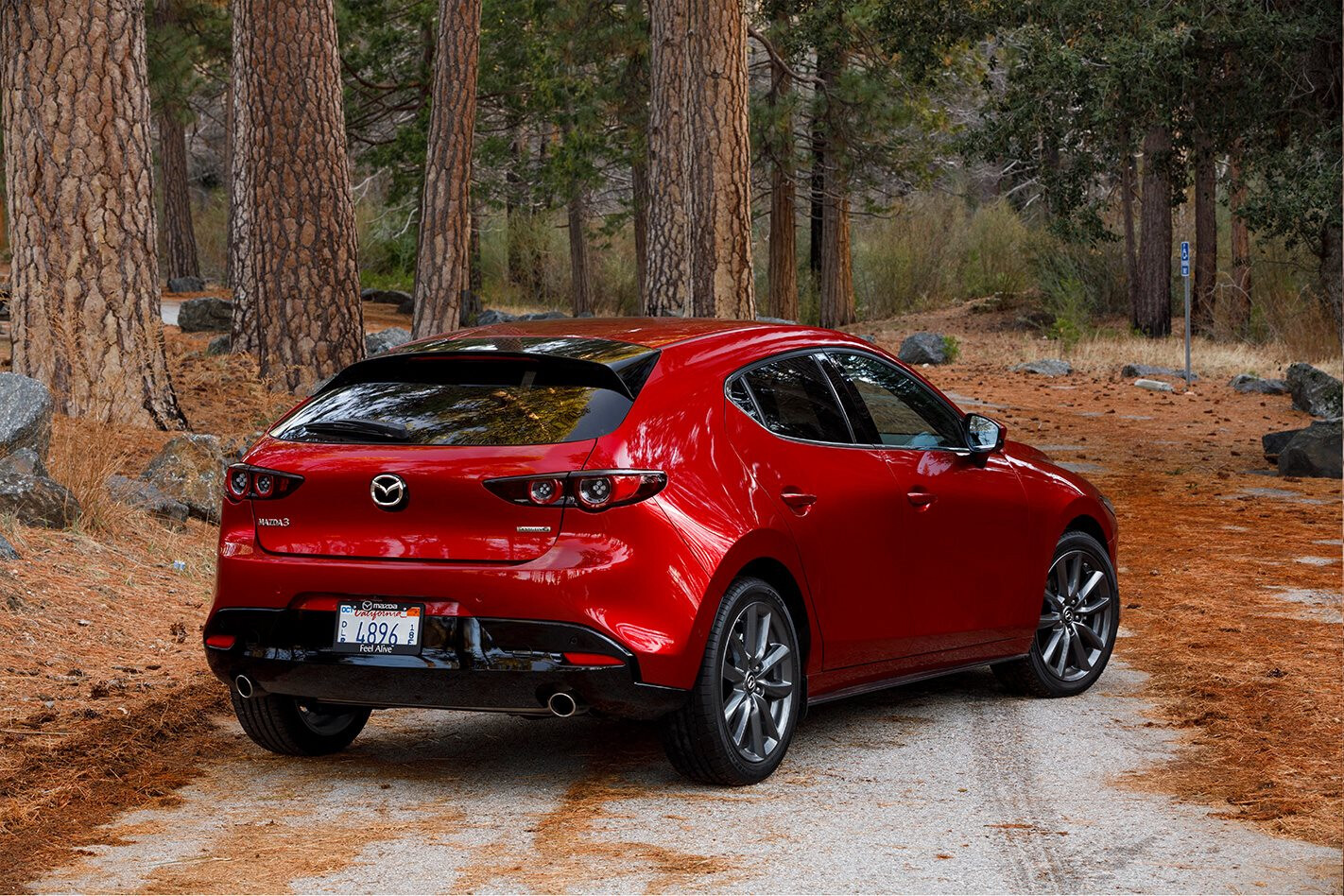
ON THE ROAD
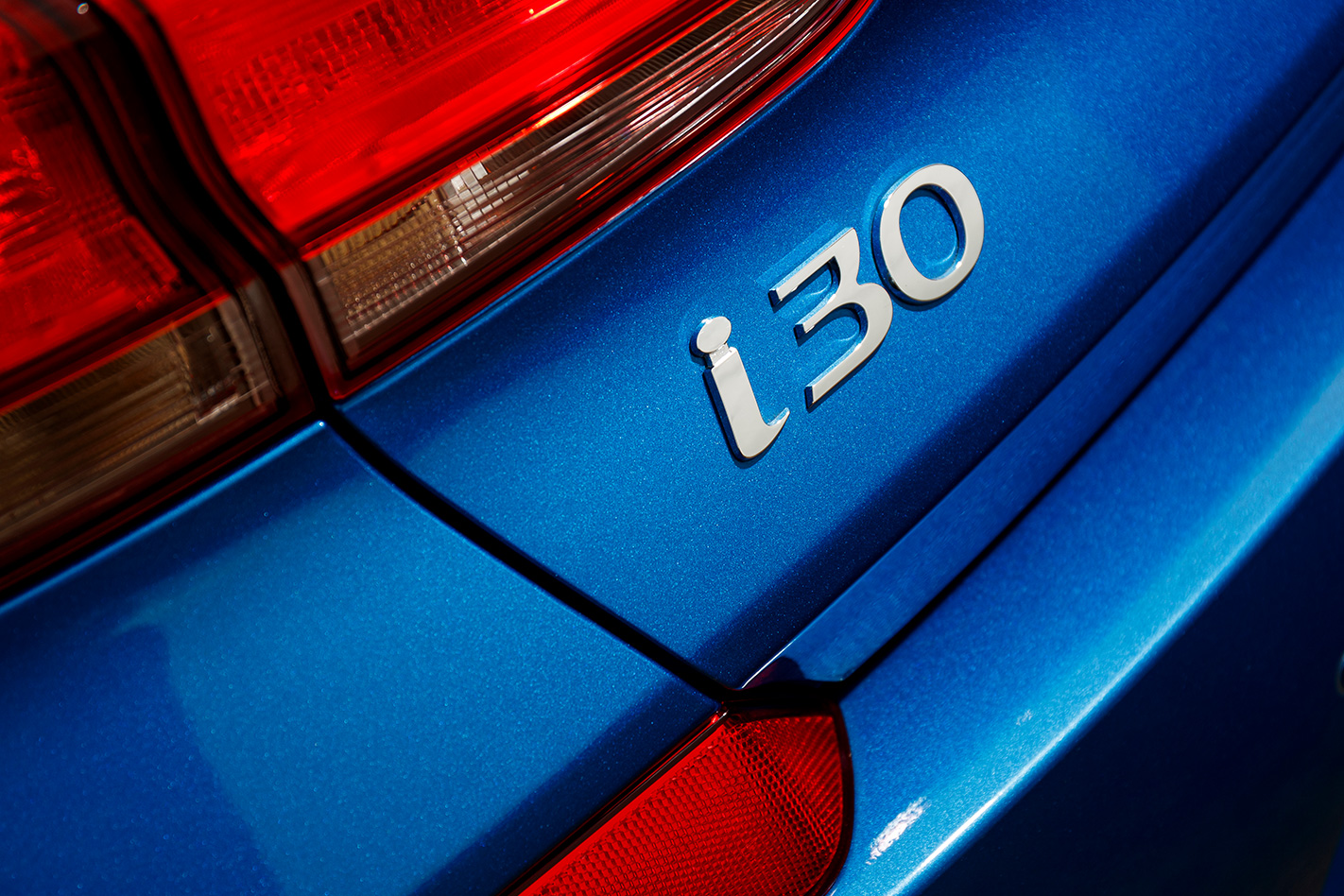
The old Mazda 3 always had a bit of an issue with refinement. Sure, it was great down a twisty road, but the flipside of it being built light and agile was that it wasn’t the quietest. With the latest model, Mazda has fitted noise absorbing rubber nodes into the chassis and increased the amount of sound deadening material. In his first drive report, Ash Westerman claimed that it could rival the Golf 7.5 as the most refined car in its class. Advantage Mazda there, then.
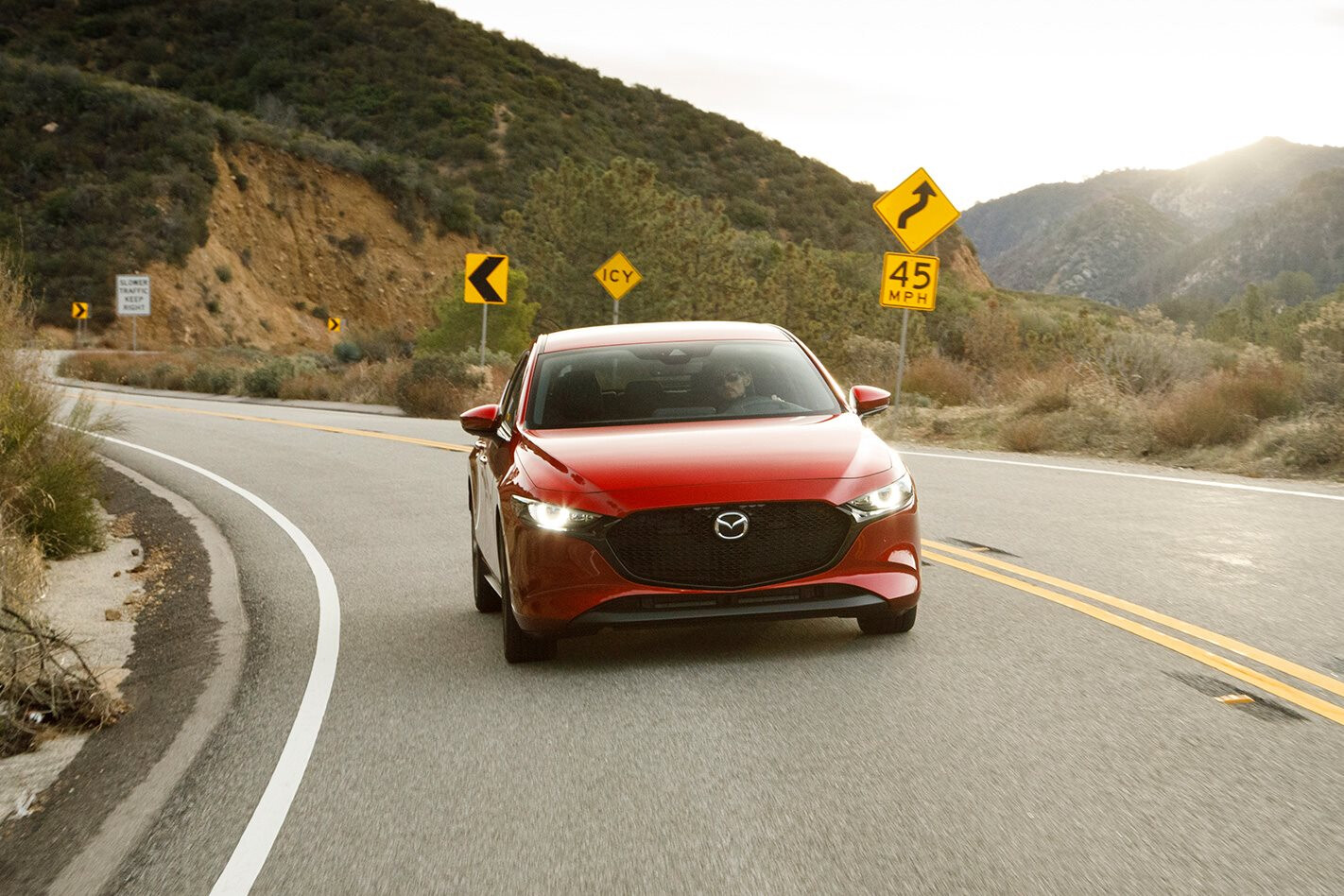
Where the Hyundai counters is with sheer power. Should you opt for the 150kW N-line or the full-strength i30 N sports model that fronts up with 202kW, Korea presents an argument that the Mazda3 is completely unable to counter. As sweet as the Mazda’s basic dynamics are, the Hyundai has the advantage of bigger numbers.
At the bottom end of the range, keener drivers will probably prefer the Japanese car, despite the fact that this generation of the 3 has gone from a slick multi-link rear suspension setup to a more rudimentary torsion beam. Still, as Renaultsport among others have shown, a good torsion beam tune can be very good indeed. Both have excellent manual transmissions although the software logic of the Mazda’s auto ‘box might well tip things in its favour.
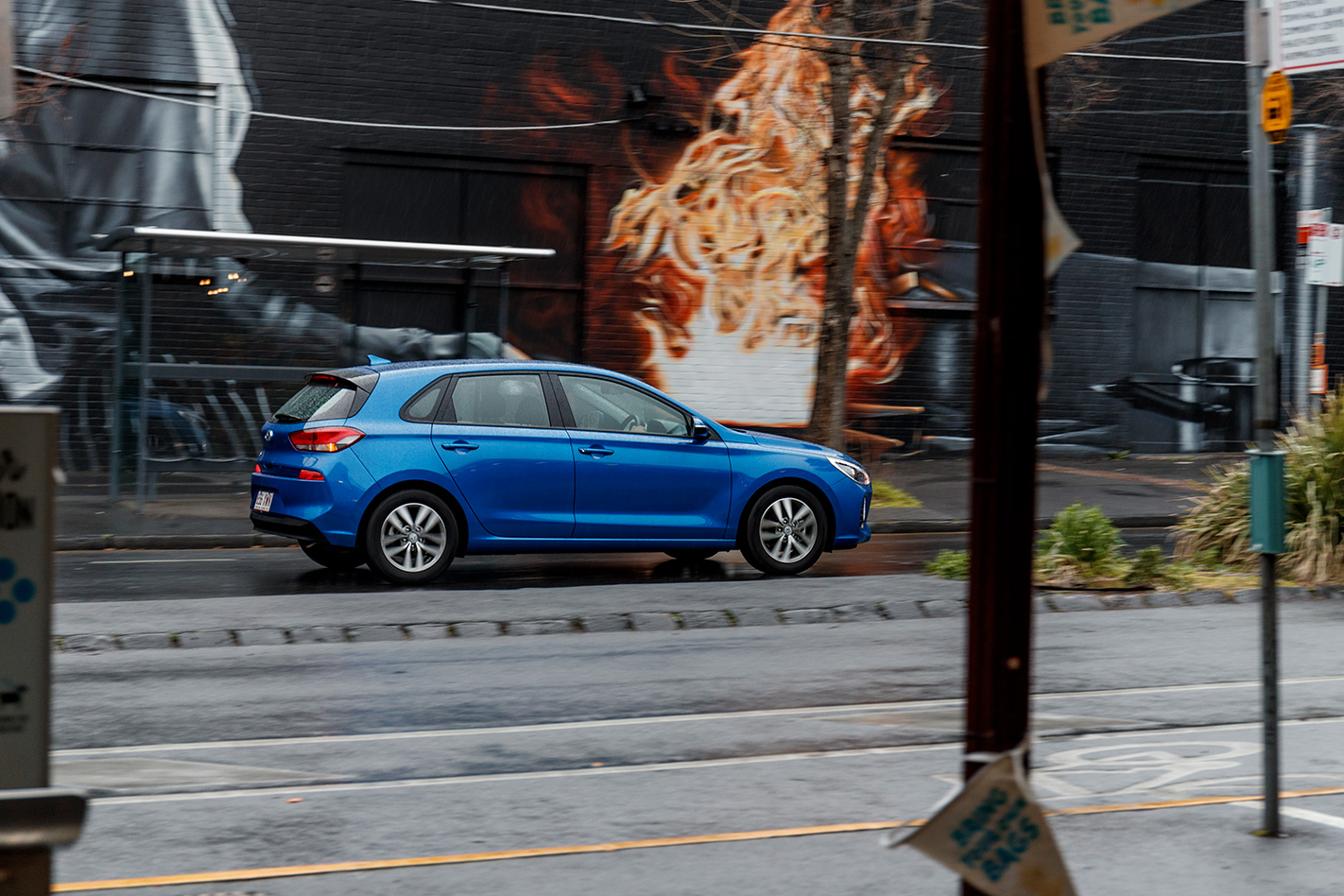
VERDICT: Mazda (just)
INSIDE THE CARS
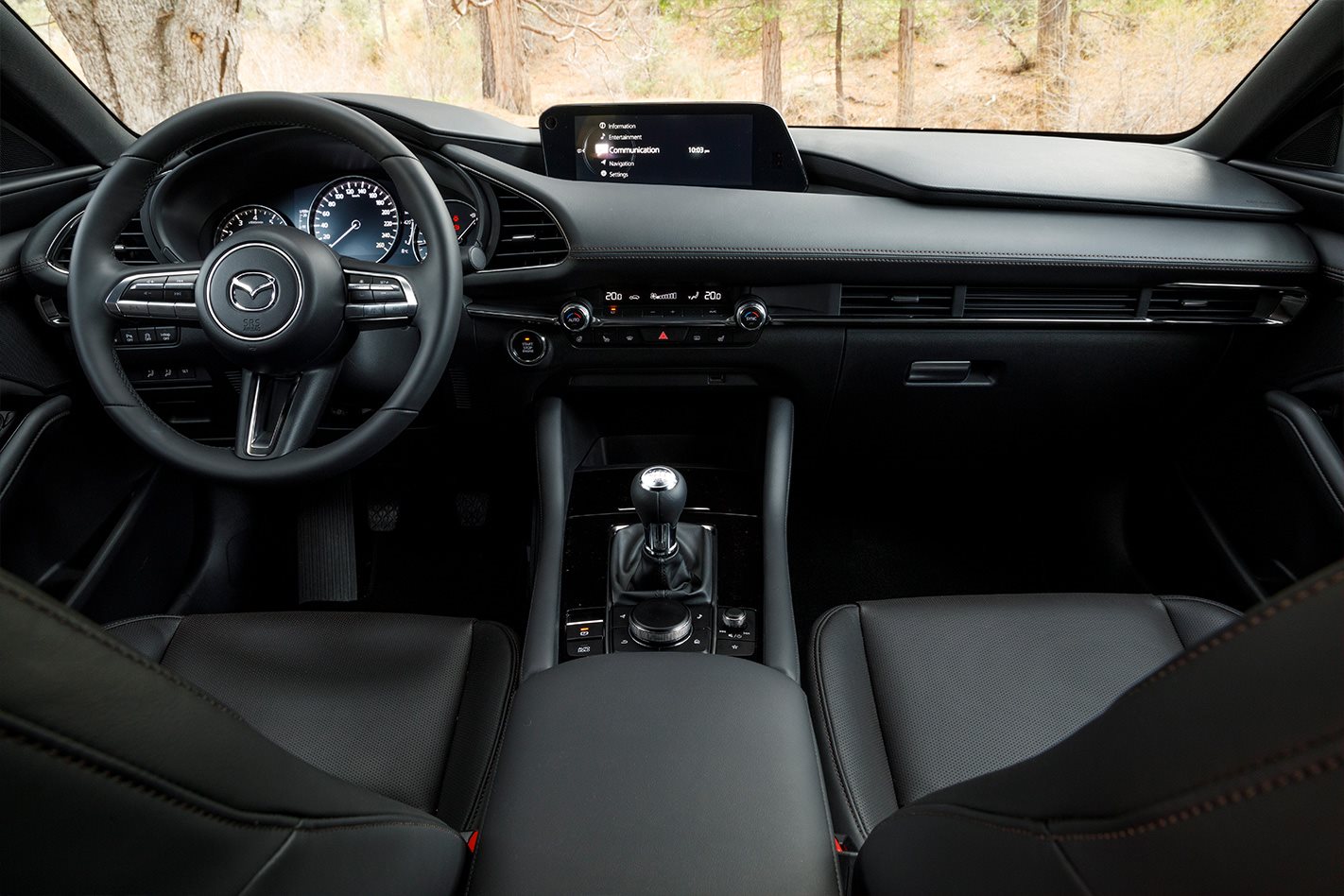
The outgoing Mazda 3 still looked a class act inside and the latest car retains the same design direction but improves quality. The upper spec models are particularly plush, with a stitched leather dash top and a padded lid to the centre console box that feels like a Tempur mattress. The Hyundai is a class act, but time has moved on quickly since its launch and the Mazda shows just how far.
Where the Hyundai counters is with sheer space. It’s huge inside the i30, something that the launch of the rather pinched new Corolla only throws into stark relief. Despite getting a 25mm stretch in its wheelbase, the new Mazda 3 isn’t appreciably bigger than the outgoing car. What’s more, the boot has actually become smaller, dropping from 308 litres to 295 litres, largely because of packaging requirements for a lithium-ion battery for a hybrid model that Australia doesn’t get. The i30’s hefty 395-litre boot and its advantage in rear head and legroom probably makes it a better pick for families.
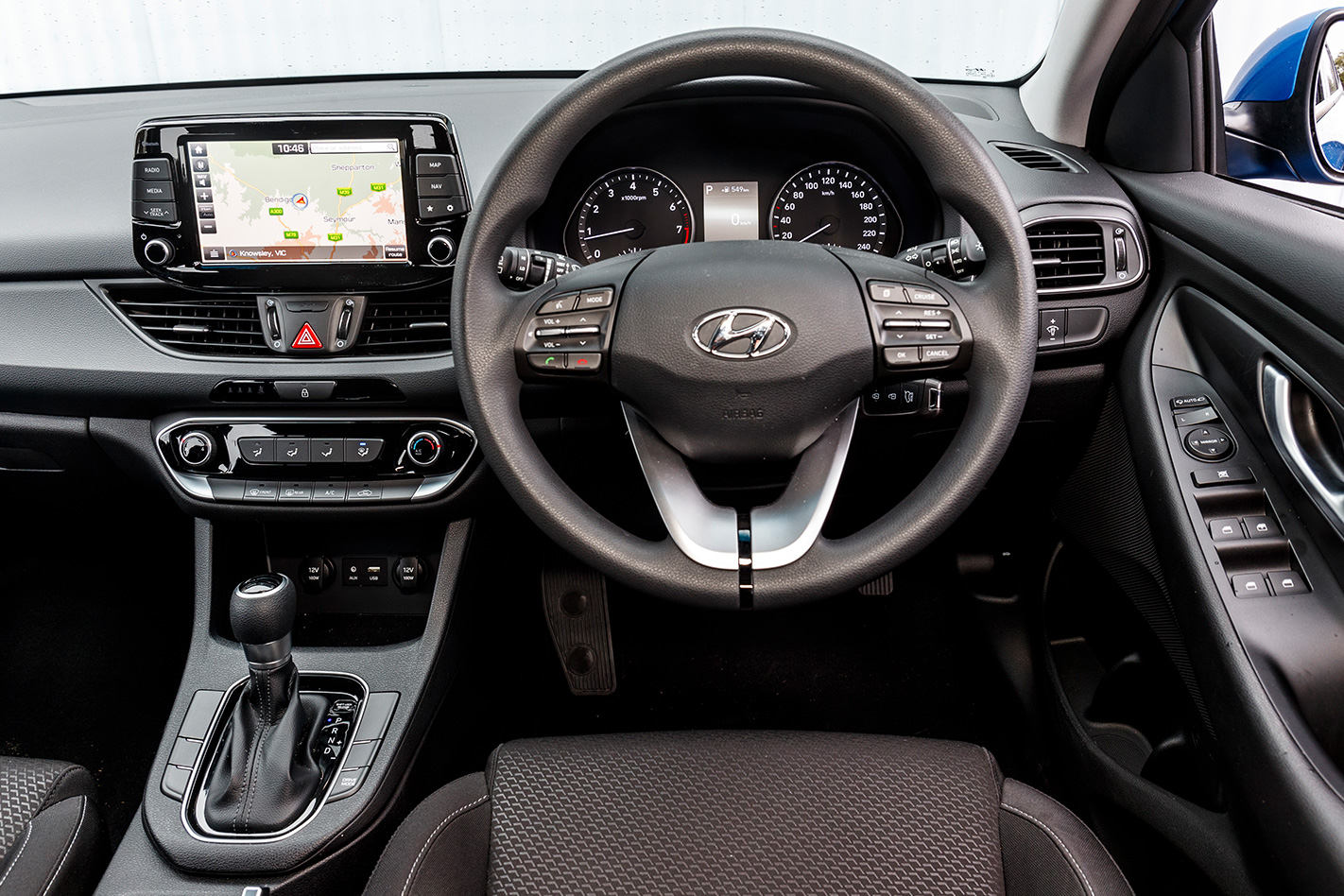
Which car wins this one? That depends very much on your priorities. Singles and childless couples will prefer the sassy Mazda, but those of a more practical bent will doubtless go for the Hyundai.
VERDICT: Draw
BUYING AND OWNING
Full pricing and specifications for the Mazda 3 is yet to be released, but early indications suggest that the 3’s prices will nudge up quite significantly, marking a move upmarket. Mazda has joined Hyundai in offering customers a five year, unlimited kilometre warranty, so there’s nothing much to separate them there. The Hyundai’s attractive initial asking price, seasonal special deals and the fact that even entry-level models are extremely well equipped gives it a big advantage here. The Mazda delivers a counterpunch with more fuel-efficient engines and a brand new shape that ought to prop up residuals nicely. In terms of metal for your money, a key indicator for many customers in this class, the Hyundai gets the nod.
VERDICT: Hyundai
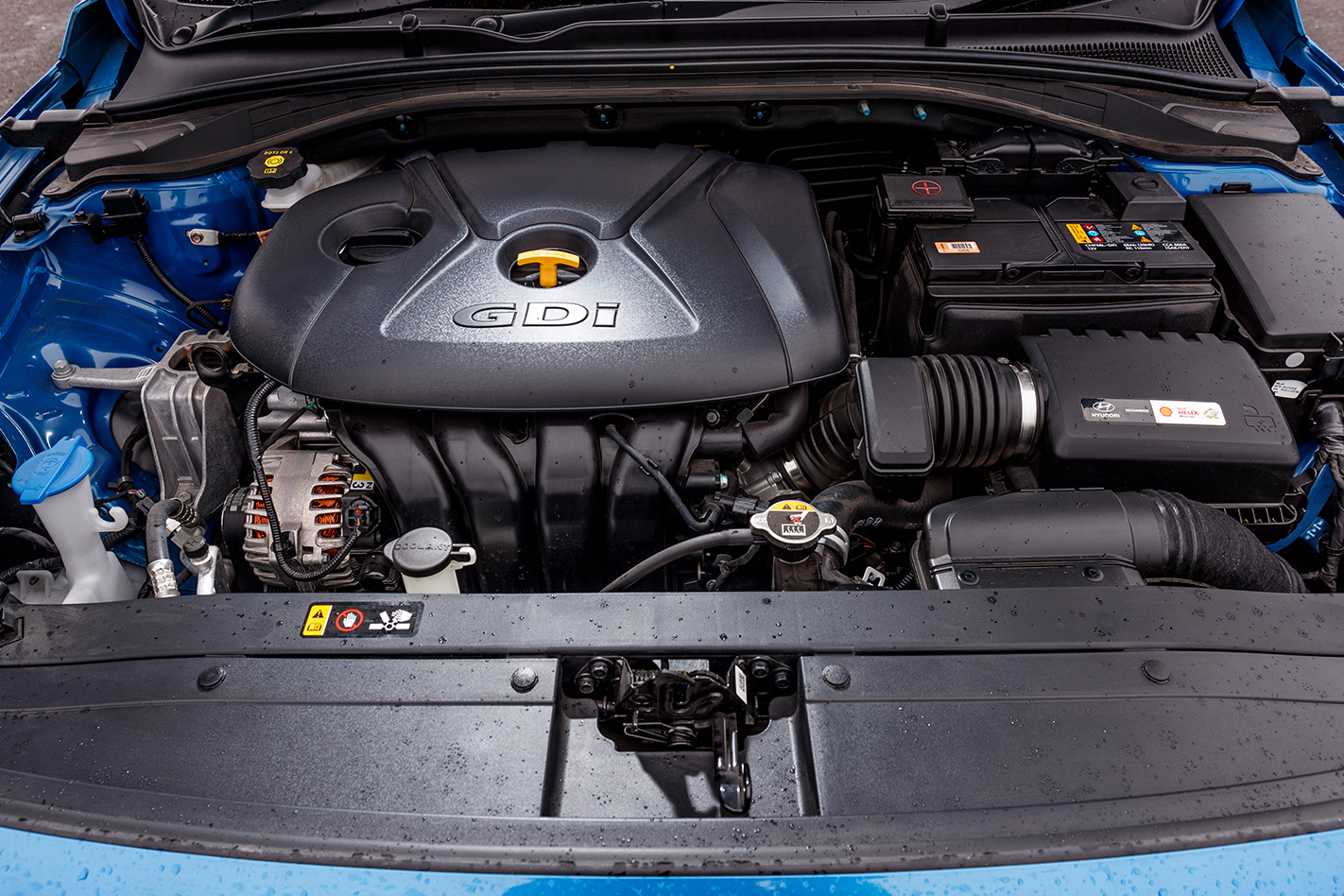
TECH
It seems a bit Neanderthal of Mazda to include smartphone mirroring without offering a touchscreen, so expect plenty of passengers prodding icons on the 8.8-inch screen to no effect. The Hyundai’s 8-inch system looks as if it has ripped the graphics capability from a Nintendo 64, but it’s simple, intuitive and works really well. The hard keys situated either side of the screen also provide a welcome instant access facility. The Hyundai’s steering wheel controls are also more logically configured than those of Mazda.
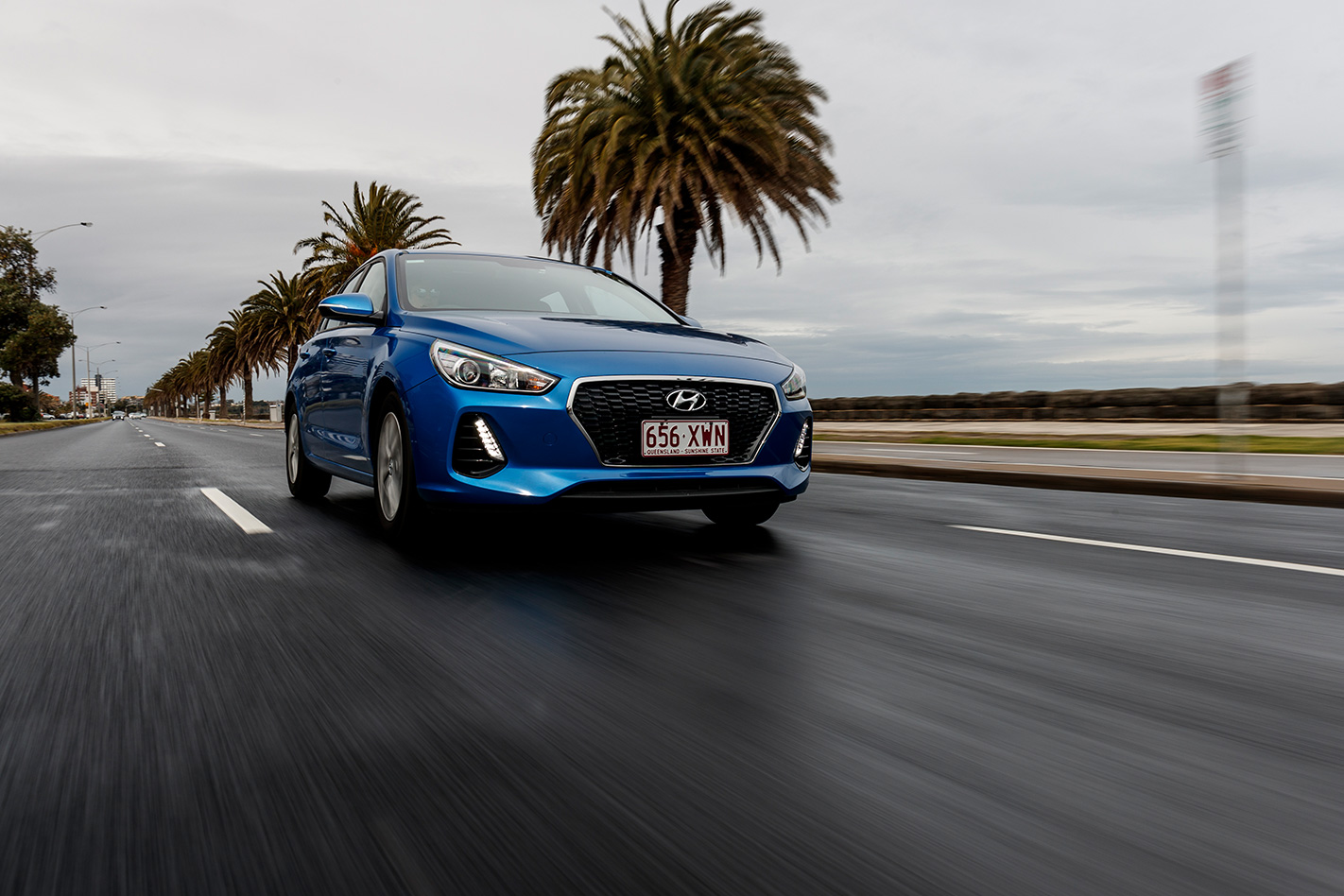
The killer blow for Mazda comes with the launch of the SkyActiv-X compression ignition engine. This, in effect, squashes petrol to ignite it in a process much like diesel combustion. The promise is the response and refinement of a petrol engine with the efficiency of a diesel lump. Sounds too good to be true, and Mercedes-Benz tried to get this technology to work for many years before giving up. Mazda’s built this engine and I got to drive a prototype version and it does seem to make good on their promises. A version is due for the Mazda 3 later next year, rumoured to generate 133kW and more powerful versions will subsequently proliferate across the Mazda range.
VERDICT: Mazda
OVERALL
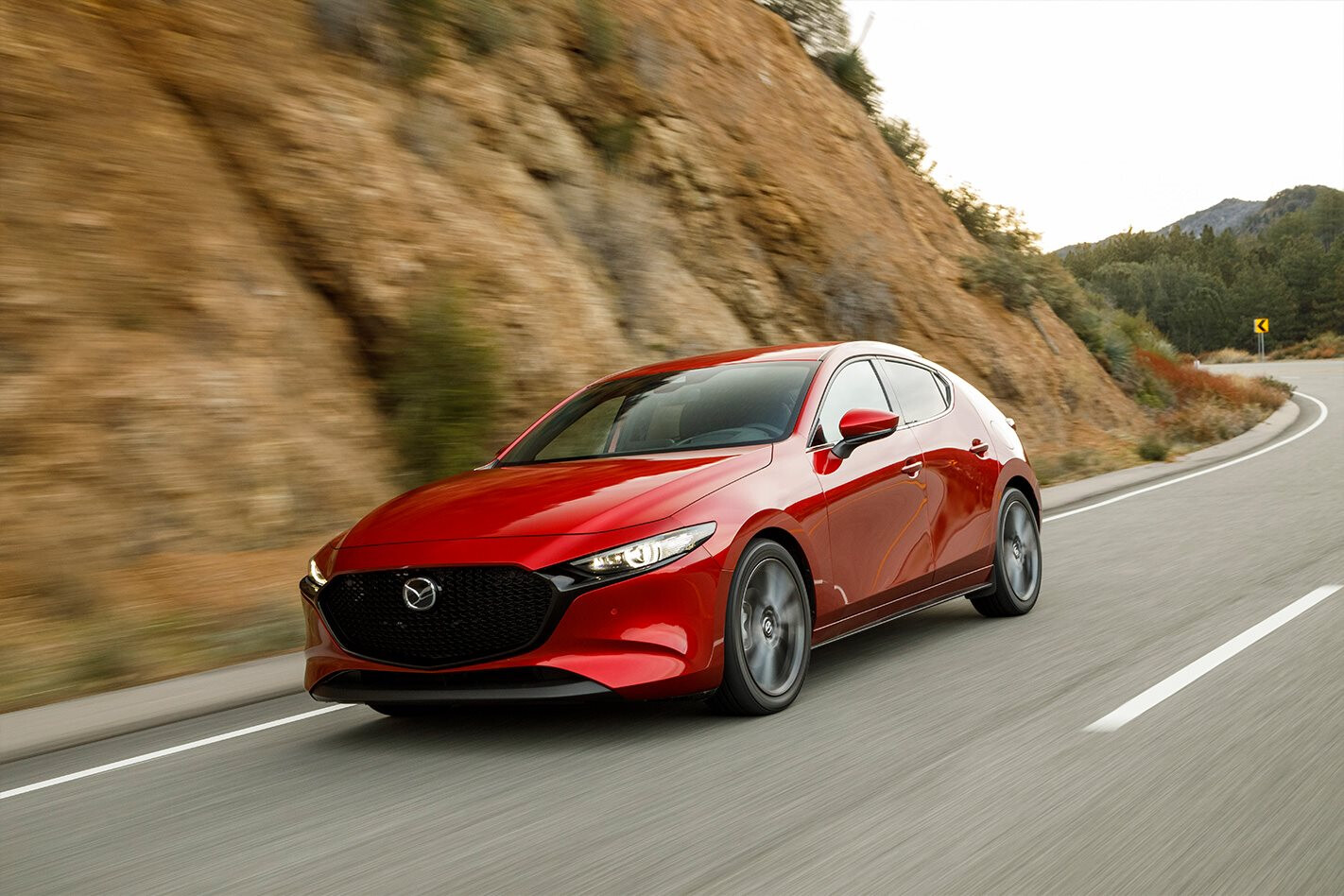
The Hyundai i30 still has a great deal going for it, but it’s hard to avoid the fact that we’re pitting a car that is now three years old against something box fresh. The Mazda 3 feels like a newer car and brings some formidable technology to bear in a package that looks great and which carries a name badge with clout. Mazda now offering a five year warranty negates Hyundai’s big trump card so, contingent on final specs on pricing and features, the Mazda looks to wield the advantage for us in this pre-fight tale of the tape.


